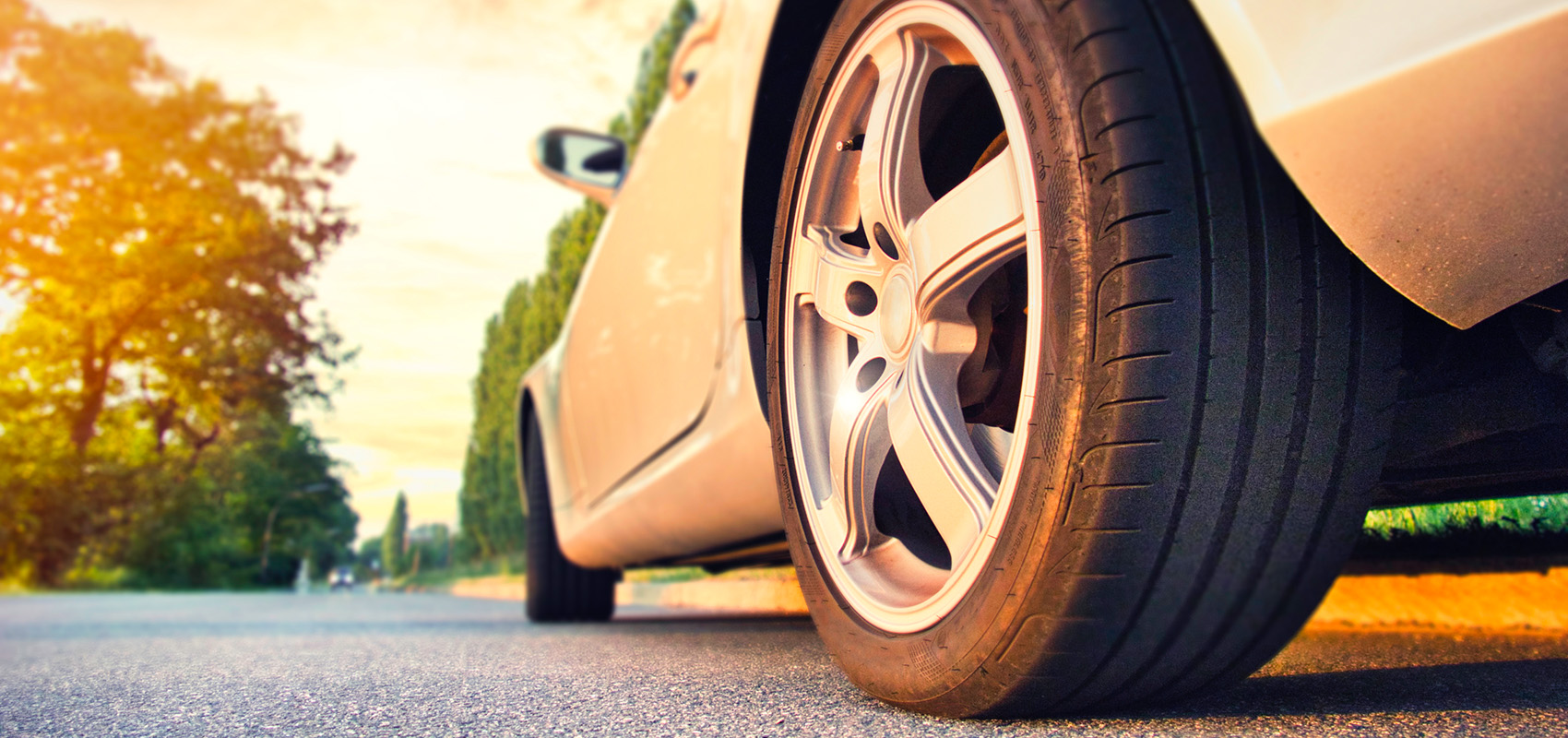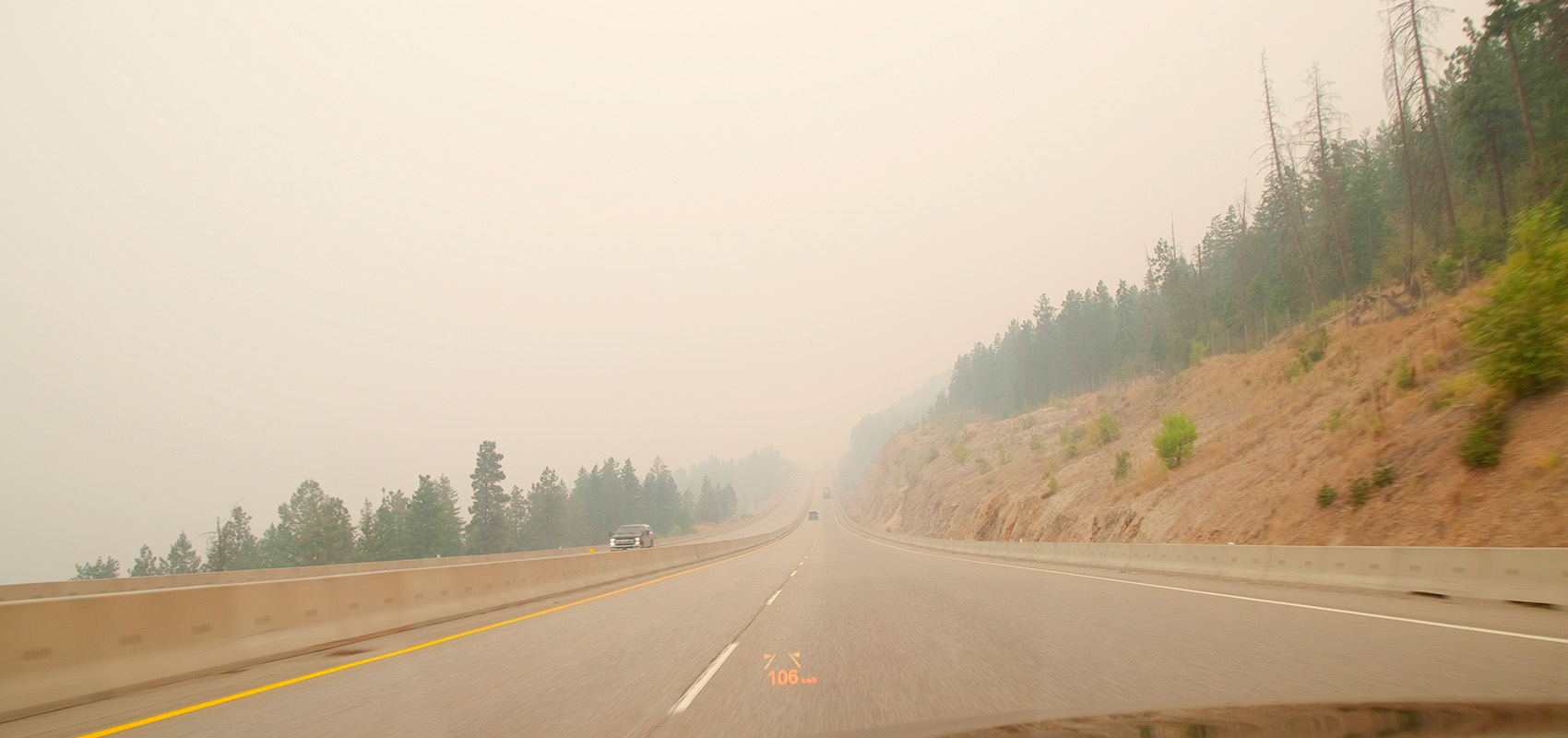Put your driving skills to the test with the BCAA Safe Summer Driving Quiz
How’s your driving when the weather heats up? It’s time to put your skills to the test with our BCAA Safe Summer Driving Quiz. Here are eight warm-weather questions to find out whether you’re a safe summer driver.
1. What is one essential safety step to take before starting your car on a hot summer day?
a. Roll up your windows and turn on the air conditioning
b. Check your tire pressure
c. Park in the shade to keep your engine cool
d. Give your vehicle a quick hose down before you set off
Answer: b) While the other answers are nice options, checking your tire pressure is crucial on a hot day. Hot weather expands the air inside your tires, potentially leading to overinflation and tire blowouts. Always have a tire gauge in your glove box—and keep some loonies handy in case your gas station’s tire inflator is coin operated.
2.How can you tell if your tires need replacing?
a. Your tires squeal on hot pavement
b. Your steering wheel shakes when you drive over 50 km/h
c. There are visible cracks or bulges on the sidewalls of your tires
d. Your tread depth is more than 10 mm
Answer: c) Cracks or bulges on the sidewalls of your tires are a clue it could be time for replacements. Inspect your tires regularly, especially during the summer when construction is busiest and there are more nails, screws, and debris on the road. If you notice any cracks, bulges or other signs of wear on your sidewalls, it may be time to get new tires and avoid potential blowouts down the road. Incidentally, answers a) and b) should signal an immediate trip to an auto service centre.

3. What’s the safest way to prepare for a summer road trip?
a. Get a good night's sleep before your trip so you’re alert behind the wheel
b. Check for road closures, fire bans and restrictions along your route
c. Match your tire pressure to the forecasted temperature
d. Drive during the hottest part of the day to avoid heavy traffic
Answer: b) While a good night’s sleep will certainly serve you well, it’s essential to check Drive BC for road closures along your route and, if your road trip involves camping, check Gov.bc.ca for fire bans and restrictions. If you see a road closure, you can plan alternative routes well before you leave your driveway. Make sure you continue to check during your trip. If there are wildfires burning close to your destination, you may want to consider other options to avoid vacationing in the smoke.
4. If you park in the sun, windows up, and the temperature is 23C outside, how hot will your car get after one hour?
a. 28C
b. 30C
c. 35C
d. 45C
Answer: d) 45 degrees Celsius, which is five degrees hotter than the temperature when both dogs and humans are likely to suffer heat stroke. After just 10 minutes in a car in the sun with the windows rolled up, the temperature would hit 32C.
5. What should you always carry with you in your vehicle when travelling during hot weather?
a. Emergency Roadside Kit including jumper cables, flashlight and a basic toolkit
b. Car cell phone charger or a portable charger
c. Reflective safety vest for visibility during roadside emergencies
d. Extra clothes, a blanket, and enough bottled water and non-perishable food to last 72 hours
e. All of the above
Answer: e) All of the above
When it comes to summer driving, it’s important to be prepared in case you find yourself in an unexpected situation. Check out BCAA’s full list of what gear to carry in your car.
6. During wildfire season, what’s the safest way to drive through smoke?
a. Flash your high beams to improve visibility
b. Speed up so you can leave the area faster
c. Close all your windows and turn on the air recirculation mode
d. Park your car beside the highway and wait for the smoke to pass
Answer: c) Close all your windows and turn on the air recirculation mode. If you’re driving through heavy wildfire smoke, it's vital to protect yourself from inhaling particulate matter as it’s harmful and carcinogenic. When you turn on the air recirculation mode, you’re blocking smoky air from flowing into your car (and lungs) while recirculating the cleaner air inside.

7. What is the recommended minimum following distance when driving in hot summer conditions?
a. Use your best judgement depending on the road conditions
b. Two seconds if your car has anti-lock brakes
c. Three seconds
d. Four to six seconds
Answer: c) You should always stay a minimum of three seconds behind the car in front of you – although if the road is smoky or you’re being pounded by a summer storm, then the answer would be d) - you should make it four to six seconds. In extreme weather and wildfire conditions, your visibility is impaired so increasing your following distance is a safe practice.
Here’s how to measure your following distance: choose a fixed point that is even with the vehicle in front of you (e.g., a tree, building or road sign). If you reach that fixed point before counting to three, you’re driving too close.
8. What is the fastest way to request road assistance?
a. Call the BCAA Road Assistance hotline
b. Go to bcaa.com and request road assistance on our website
c. Use the BCAA Mobile app
d. Call the BCAA Roadside Assistance automated attendant
Answer: c) Use the BCAA Mobile app. It’s the fastest way to request a BCAA Road Assistance truck. In real time, the app lets you report your location and request assistance directly from your phone, ensuring a fast and accurate response to get you back on the road safely. In certain areas you can even track the tow truck to your location. Avoid any issues with slow bandwidth or an extra drain on your battery by downloading the BCAA Mobile app before you set off.
8 correct: You're a hot summer driving pro – go enjoy the open roads!
5-7 correct: Your so nearly road trip ready – make those final checks and get gone.
2-4 correct: A solid start – take your time to make sure your vehicle is ready to roam.
0-1 correct: Get some tranquillo before racing away! – Prep first, then it’s time for summer fun.
BONUS QUESTION: What’s the best way to stay safe when road or weather conditions are dangerous in your region?
Remember, no matter what comes your way, BCAA is here to help keep you moving. For faster access to roadside assistance, submit your request on the BCAA Mobile App or online at bcaa.com.
Not a Member yet? Become a Member today at bcaa.com, starting at less than $8 per month and save over $1,500 per year on everyday essentials, experiences, travel, dining, insurance and more!







